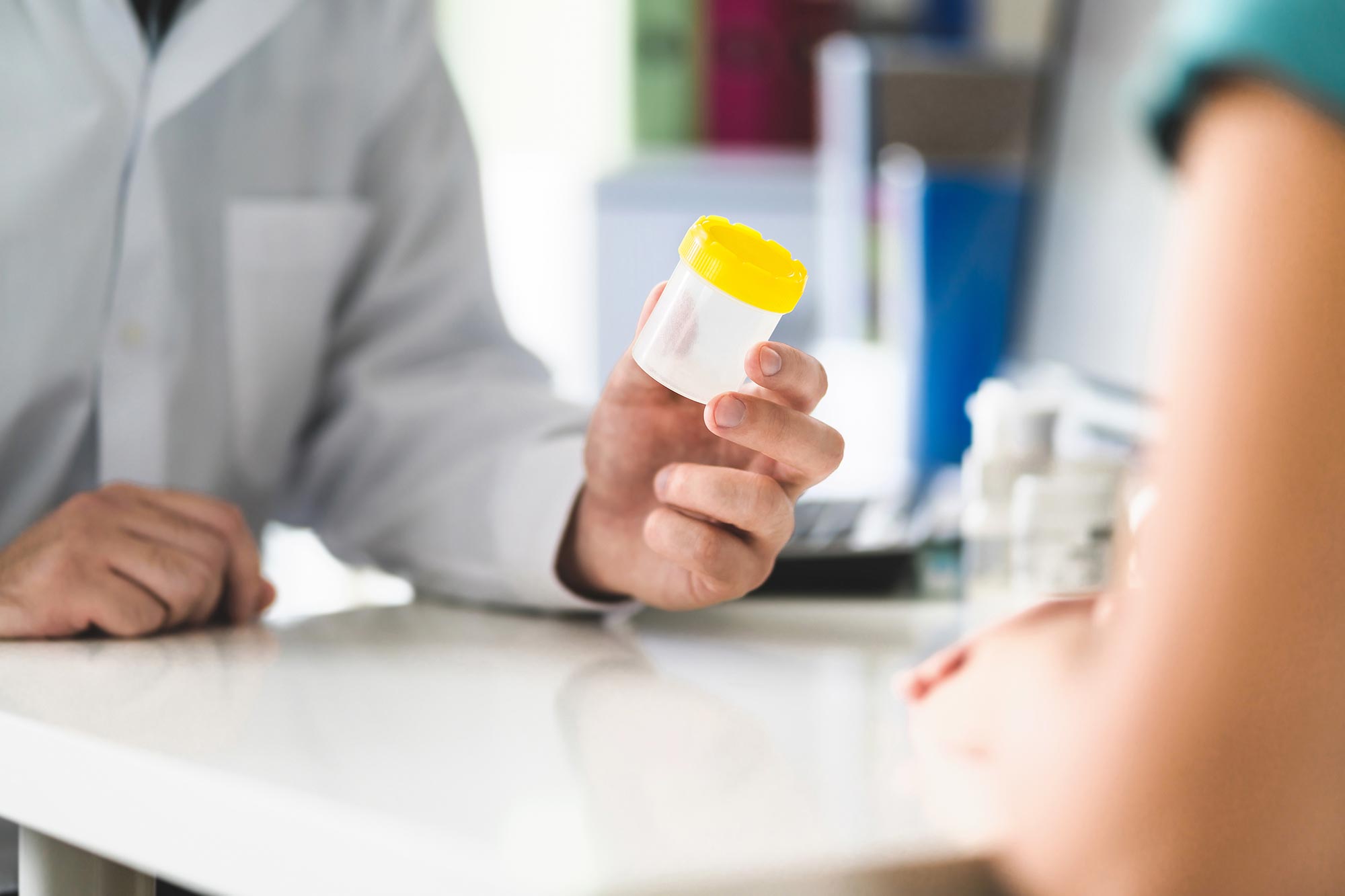New research[1] EADV Virtual, which was launched at the 29th EADV Congress, found that despite the COVID-19 (SARS-CoV-2Lockdown restrictions on diagnosing sexually transmitted infections (STIs), including gonorrhea, secondary syphilis, and mycoplasma genitalium (MG), have increased.
Conducted at two main STI centers in Milan, Italy, the study compared the number of confirmed diagnoses of the most common STIs in patients with symptoms for the period from March 15, 2020 to April 14, 2020 after social isolation (lockdown) measures . adopted to control the epidemic, with the same period in 2019.
The results showed that despite a decrease in the total number of visitors by more than a third (37%, 233 in 2019 versus 147 in 2020), the number of acute bacterial infections most commonly associated with men who have sex with men (MSM) increased during the observation period, including secondary syphilis and gonorrhea. However, cases fell in the non-acute cases such as genital warts and molluscum contagiosum.
It concludes that despite lockdowns and advice on social / physical distancing, the COVID-19 pandemic did not inhibit risky behaviors and that acute STIs did indeed increase.
Dr. Marco Cusini, La Fondazione IRCCS Ca ‘Granda Ospedale Maggiore di Milano Policlinico, Milan, Italy, explains: “It was believed that the lockdown would reduce the possibility of sexual encounters and sexually transmitted diseases. However, I was surprised at the number of new acute infections diagnosed in this short period of time. Gonorrhea and syphilis tend to be more common in people over the age of 30. Hence, the infection may have increased as the concentration of COVID-19 morbidity and mortality in the elderly made the younger, more active cohort feel protected and therefore less risk averse. Although preventing people from having sex is unrealistic, even in this extraordinary pandemic, close contact during intercourse inevitably carries an increased risk of SARS-CoV-2 infection. The results show the importance of continuous sexually transmitted disease screening and the real benefit of having these types of services open and available in these unprecedented times. ”
While gonorrhea is still very susceptible to the main antibiotic treatment option, ceftriaxone, the occurrence of antimicrobial resistant gonorrhea remains of concern. Recommended combinations with antibiotics such as azithromycin should be avoided in light of antibiotic control, necessitating new treatment guidelines. Dr. Henry JC de Vries from the STI Ambulance Health Service Amsterdam presented the threat of antimicrobial-resistant gonorrhea on Thursday, October 29, 2020, at 12: 00-12: 15 p.m. CET.
Gonorrhea is caused by the bacterium Neisseria gonorrhea.[2] It often, but not always, exhibits no symptoms in women and is most often symptomatic in men.[3] Common symptoms in men include urethral discharge and painful urination (dysuria), and women may experience odorless vaginal discharge, dysuria, and pain during intercourse.[3] Symptoms usually appear between 1 and 10 days after infection.[4] Gonorrhea is increasing across Europe, with more than 89,000 confirmed cases (240 per day) in 2017 alone, of which almost half of all cases were MSM (47%).[5] The UK reported 55% of all cases (75 per 100,000), followed by Ireland (47), Denmark (33), Iceland (29), Norway (27) and Sweden (25).[4]
The first symptoms of syphilis usually appear around 2 or 3 weeks after infection, although they can start later. The main symptom is a small, painless sore or ulcer, typically on the penis, vagina, or around the anus, although it can sometimes appear in the mouth or on the lips, fingers, or buttocks.[6] Secondary syphilis is a progression of the disease and symptoms but can be cured with treatment.[7] There were 33,927 confirmed cases in Europe in 2018. The highest rate was observed in Malta (17.9 cases per 100,000 population), followed by Luxembourg (17.1), the United Kingdom (12.6) and Spain (10.3).[8]
About EADV:
Founded in 1987, EADV is the premier community promoting the knowledge of health professionals and lawyers in the field of dermatology and venereology. It is a non-profit organization with nearly 8,000 members in 113 different countries around the world that provides a valuable service to all types of dermatovenerologists. The EADV has set itself the goal of improving the quality of patient care, continuing the medical training of all dermatovenerologists in Europe and advocating for the specialist field and the patients.
About EADV Virtual:
This year’s congress is a first in the history of EADV. EADV Virtual – New Frontiers in Dermatology and Venereology offers colleagues from around the world an exceptional opportunity to explore the latest developments in science and patient care that are at the heart of the Academy’s mission. The user experience is impressive and easy to follow. Further information can be found at https: /
References:
- M. Cusini, S. Benardon, G. Vidoni et al. al. COVID-19 and STIs. Abstract No. 1790, EADV Virtual, 29.-31. October 2020
- Pharmaceutical Journal. Gonorrhea Infection: Diagnosis and Treatment. Available at: https: /
/. Accessed October 2020www. pharmaceutical journal. com / cpd-and-learning / cpd articles / Gonorrhea Infection Diagnosis and Treatment 20208209. cpdarticle? firstPass = not correct - NCBI. Gonorrhea. Available at: https: /
/. Accessed October 2020www. ncbi. nlm. NIH. gov / pmc / Items/ PMC4366410 / - Web MD. Gonorrhea. Available at: https: /
/. Accessed October 2020www. webmd. com / sexual conditions / Do-i-Have-Gonorrhea # 1 - ECDC. Gonorrhea. Available at: https: /
/. Accessed October 2020www. ecdc. Europe. EU / Websites / Default/ Files / Documents/ Gonorrhea Annual Epidemiology Report 2017. pdf - NHS decisions. Syphilis. Available at: https: /
/. . Accessed October 2020www. nhs. United Kingdom/ Conditions/ Syphilis/ Symptoms / - CDC. Syphilis. Available at: https: /
/. Accessed October 2020www. CDC. gov / hours / Syphilis/ stdfact-syphilis. htm - ECDC. Syphilis. Available at: https: /
/. Accessed October 2020www. ecdc. Europe. EU / Websites / Default/ Files / Documents/ Syphilis-Aer-2018. pdf



